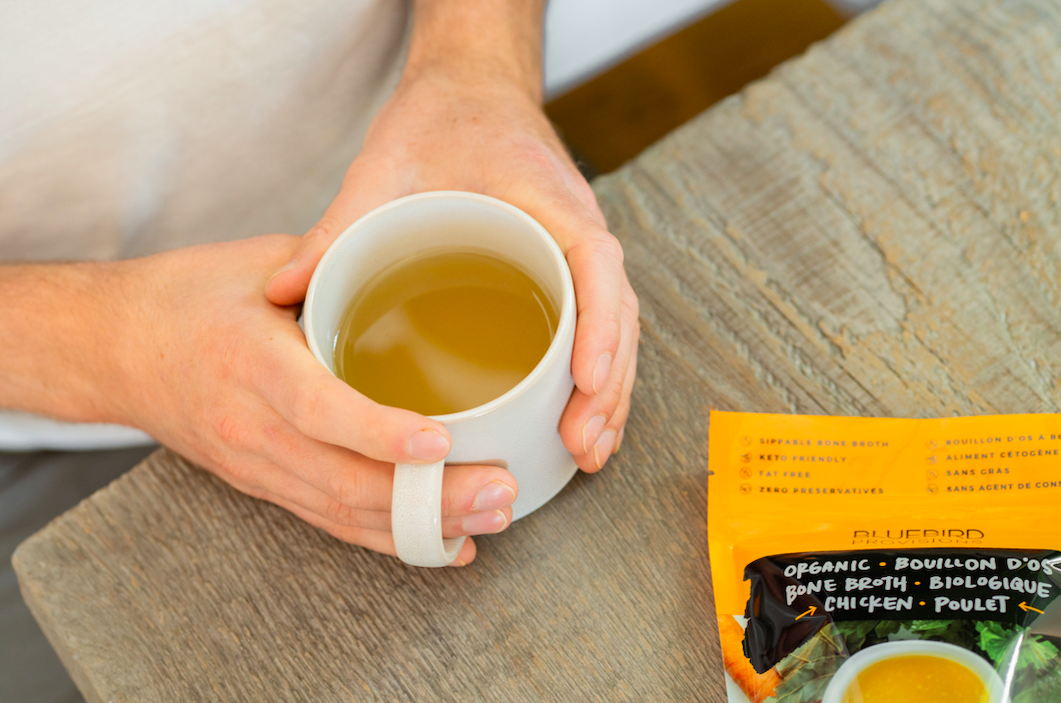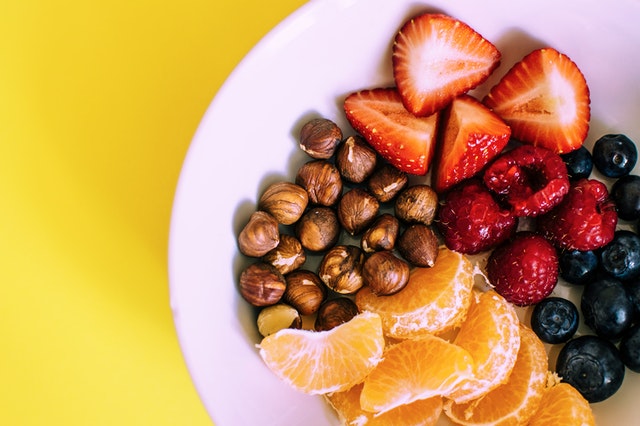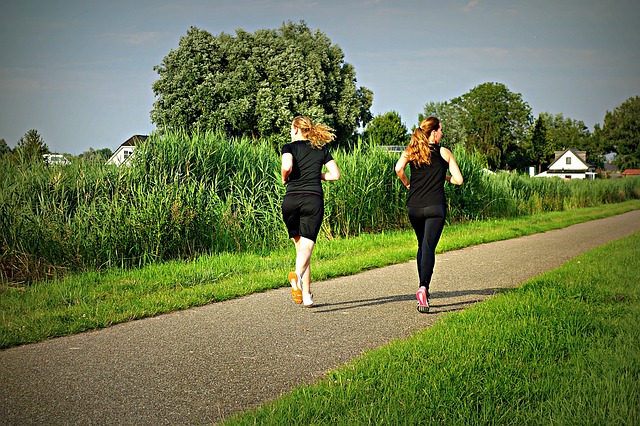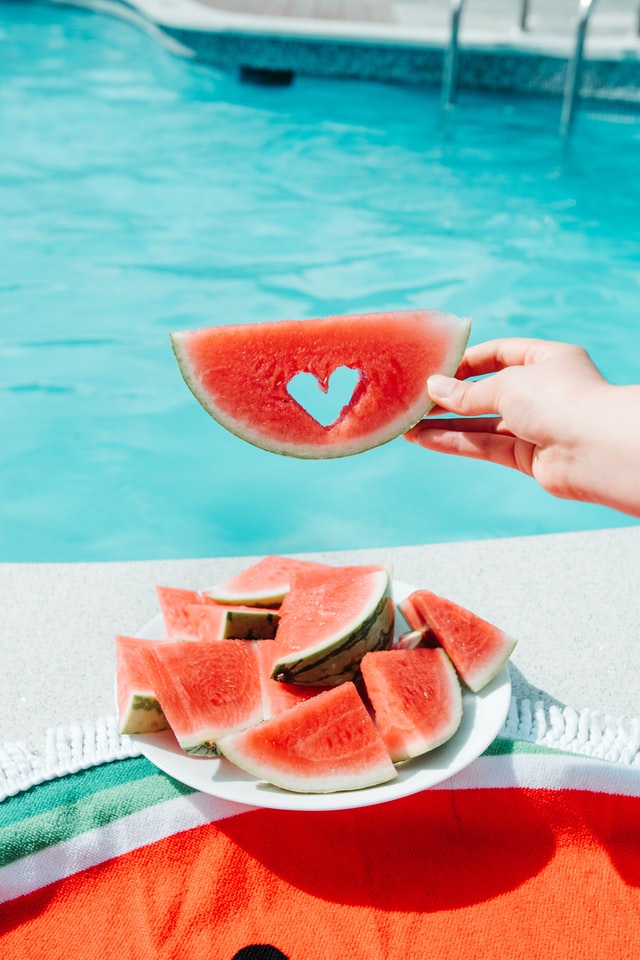There are many food crazes that tout certain foods as super foods. Bone broth is commonly seen as a superfood, but what does that really mean? “Superfood” is a trendy word used to describe a food that has a host of nutritional and health benefits. Bone broth fits into this category due to its dense nutrient profile and anti-inflammatory properties. Bone broth has been seen to help not only joint and gut health, but it also has been used for beauty purposes due to its high level of collagen, a protein that gives skin its elasticity. Overall, the benefits of bone broth can contribute to helping multiple systems within the body due to the level of vitamins it has.
Bone broth nutrients
Iron: the high levels of iron in bone broth make it good for contributing to balanced hormones and adequate oxygenation since iron helps red blood cells to carry oxygen throughout your body.
Vitamin A: The vitamin A in bone broth is good for eye and immune health.
Vitamin K: Vitamin K in bone broth helps with wound healing as well as bone health.
Zinc: Zinc is another nutrient found in bone broth with many health benefits including boosting your immune system and increasing your metabolism function.
Manganese: Manganese found in bone broth helps many functions in the body such as regulating blood sugar, brain as well as nerve function, calcium absorption, carbohydrate and fat metabolism.
Selenium: Selenium is an antioxidant found in bone broth that can help reduce oxidative stress in the body. This can potentially reduce the risk of developing cancer since it helps protect cells from damage that this stress can cause.
Asking a physician before making changes to one’s diet is important to make sure that the new addition will be beneficial.
Dr. Barbara Edwards, a Princeton MD is the Academic Director for the Ambulatory Residency Program at Penn Medicine Princeton Health, providing quality care to uninsured and under-insured New Jersey residents in Mercer and Middlesex counties.






